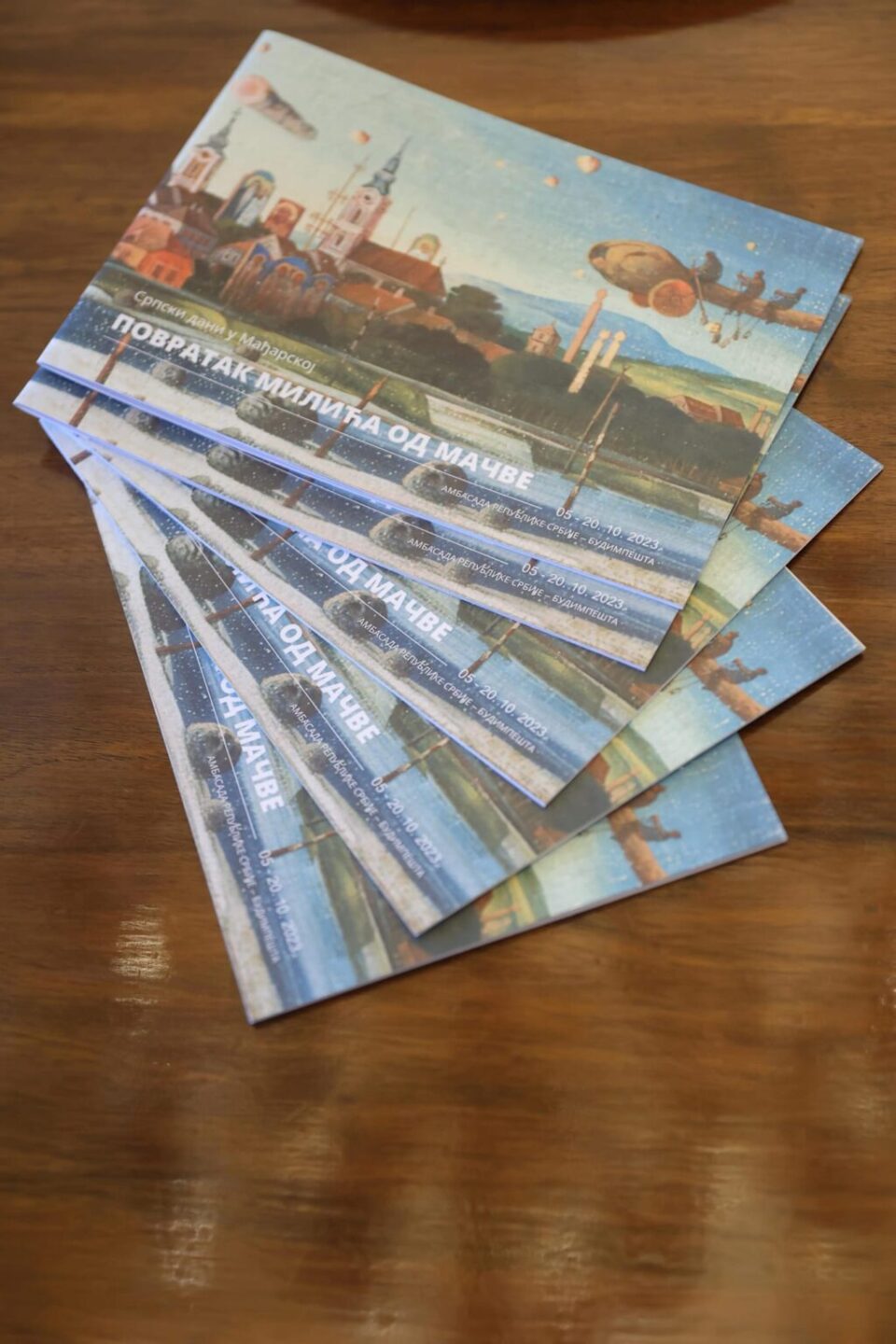The opening of the exhibition “The Return of Milić of Mačva” in the Embassy of the Republic of Serbia on 5 October aroused great interest and respect.
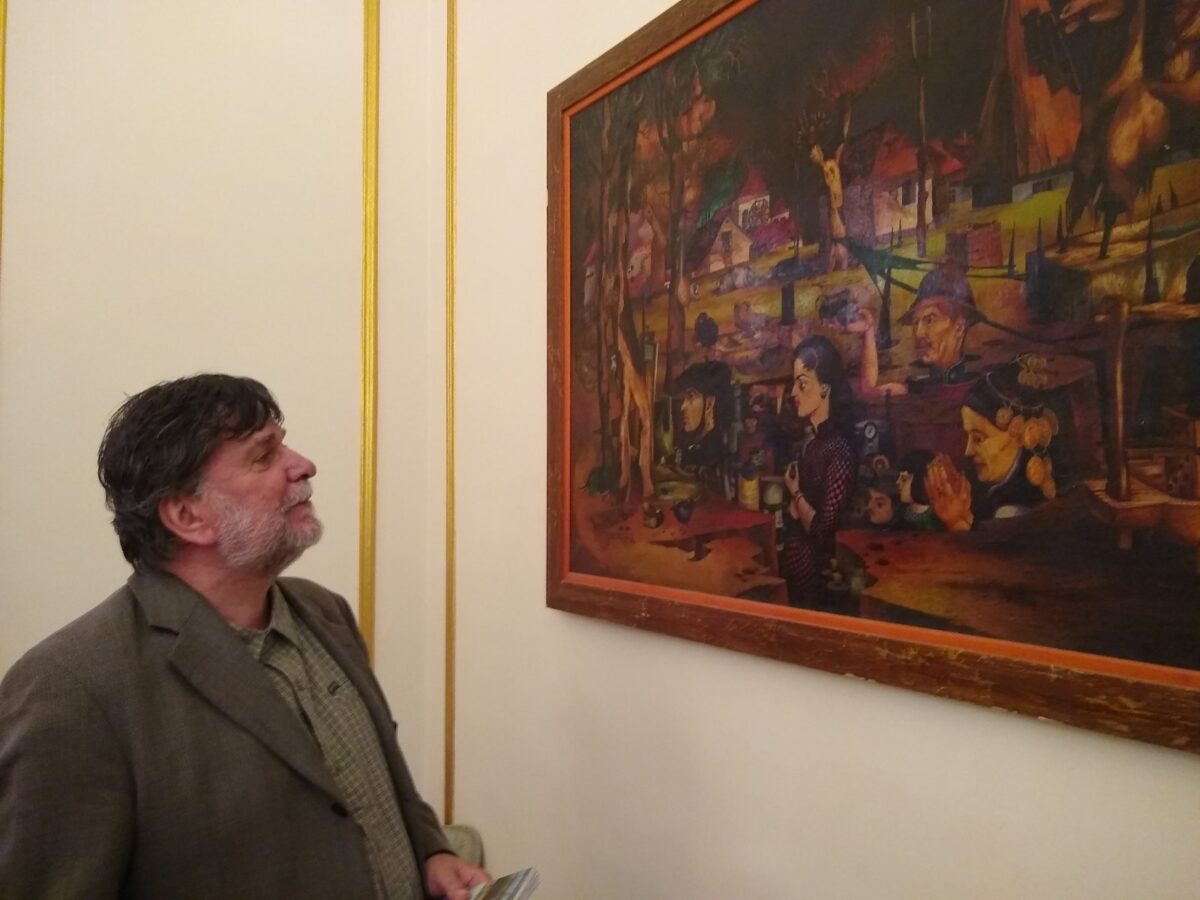
The month of Serbian culture in Hungary started on 1 October this year, 2023, with the aim of returning Serbian culture in Hungary to its rightful place, as His Eminence Bishop Lukijan of Buda said in his presentation that day. On this occasion, other programmes of “Serbian Days in Hungary” will continue until 28 October. The exhibition was opened by Ms. Maja Gojković, Minister of Culture of the Republic of Serbia, in the presence of Ms. Dr. Ester Vytajos, Deputy of Mr. János Csák, Minister of Culture and Innovation of Hungary.
Under the auspices of the Diocese of Buda, with the blessing of Bishop Lukijan, the curator of the exhibition was Archpriest Varnava Knežević, who excellently organised a display of paintings by Milić Stanković in cooperation with the Embassy of the Republic of Serbia in Budapest, with Svetlana Stanković, Consul, First Counsellor, the Association “Art Without Borders”, art collector and lawyer Dušanka Subotić- Homen, expert associate and President of the Artists’ Association “Krug”, academic artist Professor Milan Djurić, attaché Aleksandar Farkaš, and Ministerial Advisor Aleksandar Lončarević, charge d’affaires.
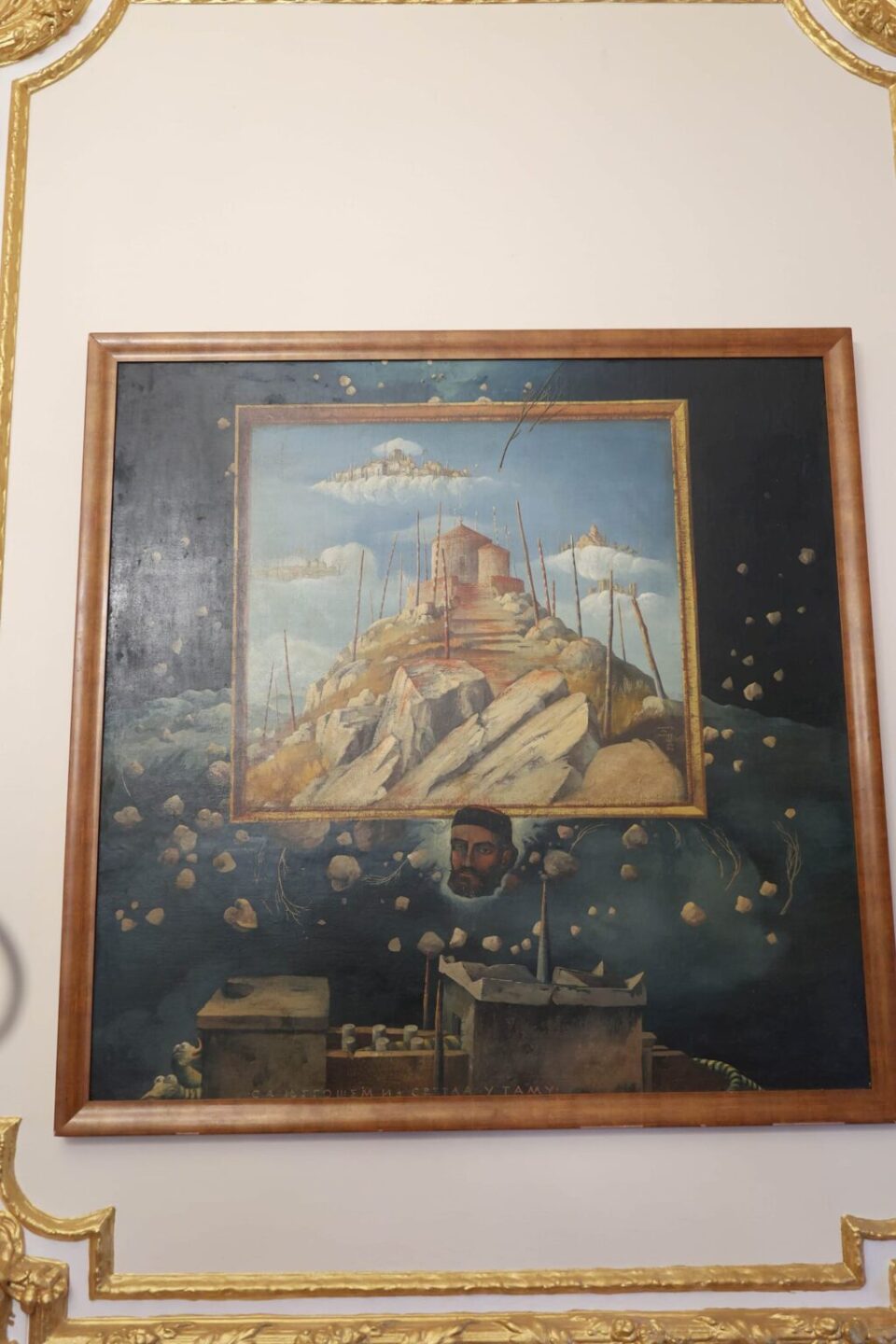
Honouring the world-famous surrealist painter of mystical phantasmagoria, Milić Stanković (known as Milić of Mačva), were also numerous visitors such as His Excellency Archbishop Banach, the Apostolic Nuncio in Hungary, H. E. Biljana Gutić-Bjelica, Ambassador of Bosnia and Hercegovina in Hungary, Vera Pejić-Sutor, President of the Self-Government of the Serbs in Hungary, Ljubomir Aleksov, Serbian member of the Hungarian Parliament, Military Attaché Lt. Col. Predrag Zeljković…
Honouring the world-famous surrealist painter of mystical phantasmagoria, Milić Stanković (known as Milić of Mačva), were also numerous visitors
Also bestowing a great honour with their presence were the ambassadors of the Russian Federation, Bulgaria, Azerbaijan, Georgia, the Philippines, Laos, Ecuador, Colombia, Peru, Chile… Among the distinguished guests were those from the Hungarian Ministry of Foreign Affairs, the Secretary of the Danube Commission, the Ambassador to the Ministry of Foreign Affairs of Hungary – Head of the Directorate for the Western Balkans, Pero Lastić, Director of the Serbian Institute in Budapest, as well as numerous representatives of the cultural and social life of Budapest.
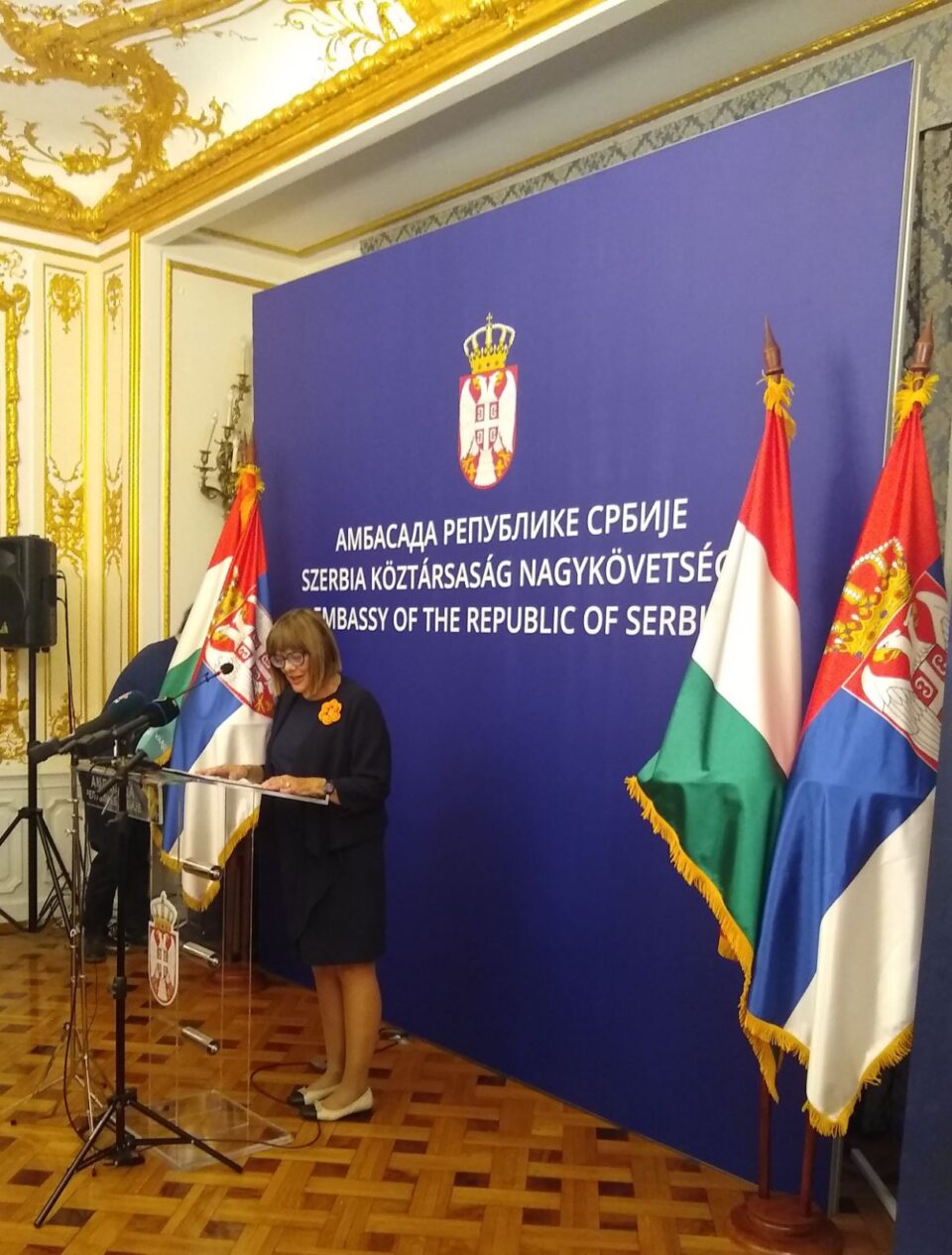
Roland Villeneuve, the famous French essayist and art critic, wrote in 1981, among other things, about Milić and his works: “Original in many respects and solid, he can be compared to a hymn about nature, primarily for the transparency of the air, through which one can still breathe, after all, and for the brilliance and beauty of the colour! In particular, the charm of giftedness emanates from Milić’s works, with constantly renewed themes, vindicating Herodotus who claimed that the Dardanians were indifferent to everything, but not to poetry!”
Only a few of Milić’s numerous paintings are showcased at the exhibition, such as: “The Gardens of Athos” from 1989, “Waiting for Christ” from 1970, “The Diptych of Szentendre” from 1988, “The Transfiguration of Tihomir”, from 1976, “Njegoš from light to darkness” from 1971, “The Insurgent Banners of Patriarch Čarnojević” from 1988 and others.
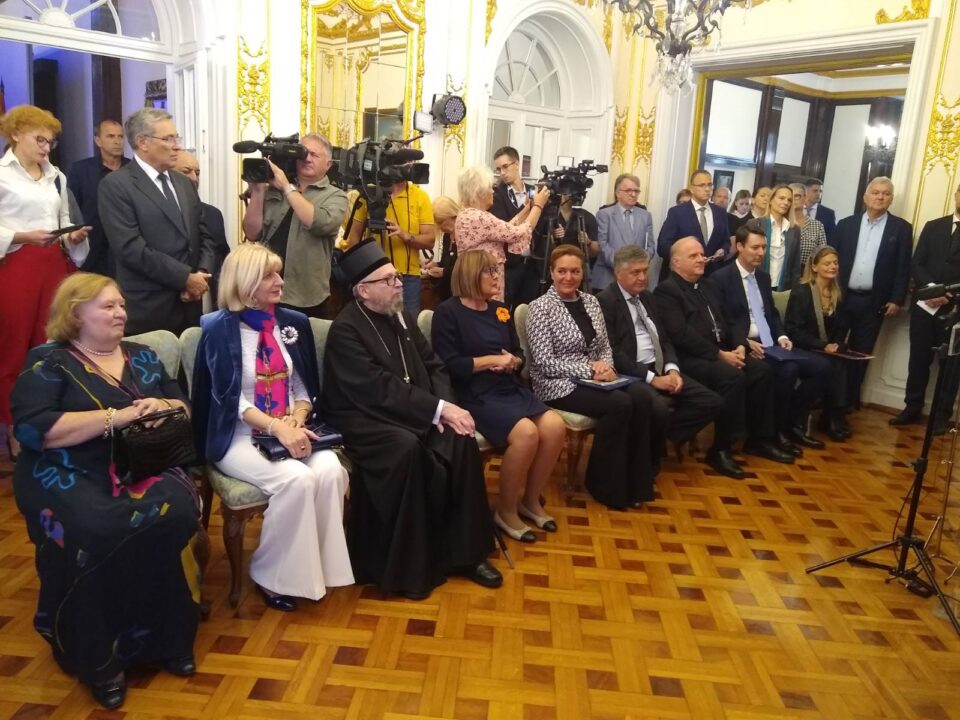
Deacon Stefan Milisavić impeccably and very comprehensively led the opening of the exhibition, presenting important information about the author and announcing the speakers in Serbian and Hungarian, which he speaks like a native language.
Professor Milan Đurić, as an expert art critic, first addressed the audience with a video from 1988, in which the most respected Serbian writer in Hungary, Stojan D. Vujičić, had given a humorous toast to his great friend, Milić, in honour of the opening of the exhibition of paintings in Szentendre. That video clip, where one can see and hear the voice of the genius painter, especially moved his daughters Simonida and Teodora Stanković, who were present in the audience.
“Milić of Mačva consciously left his mark under the skies of Hungary. It is, in fact, mutual permeation” – said, among other things, Professor Milan Đurić, adding that the video from 1988 was a kind of journey through time, which is why the title of this exhibition is “The Return of Milić of Mačva”.
One of the four daughters, Simonida Stanković, also addressed the audience. While known to the public as Milić’s daughter, with her multifaceted talents she earned, and deservedly so, the reputation as a visual artist and a guardian of the world’s national, ethnic wealth in music and on the stage. She performs old folk songs from various regions in many languages. From such a fragile, feminine body, a strong but at the same time sweet voice, which Milić would have been very proud of, echoed through the hall.
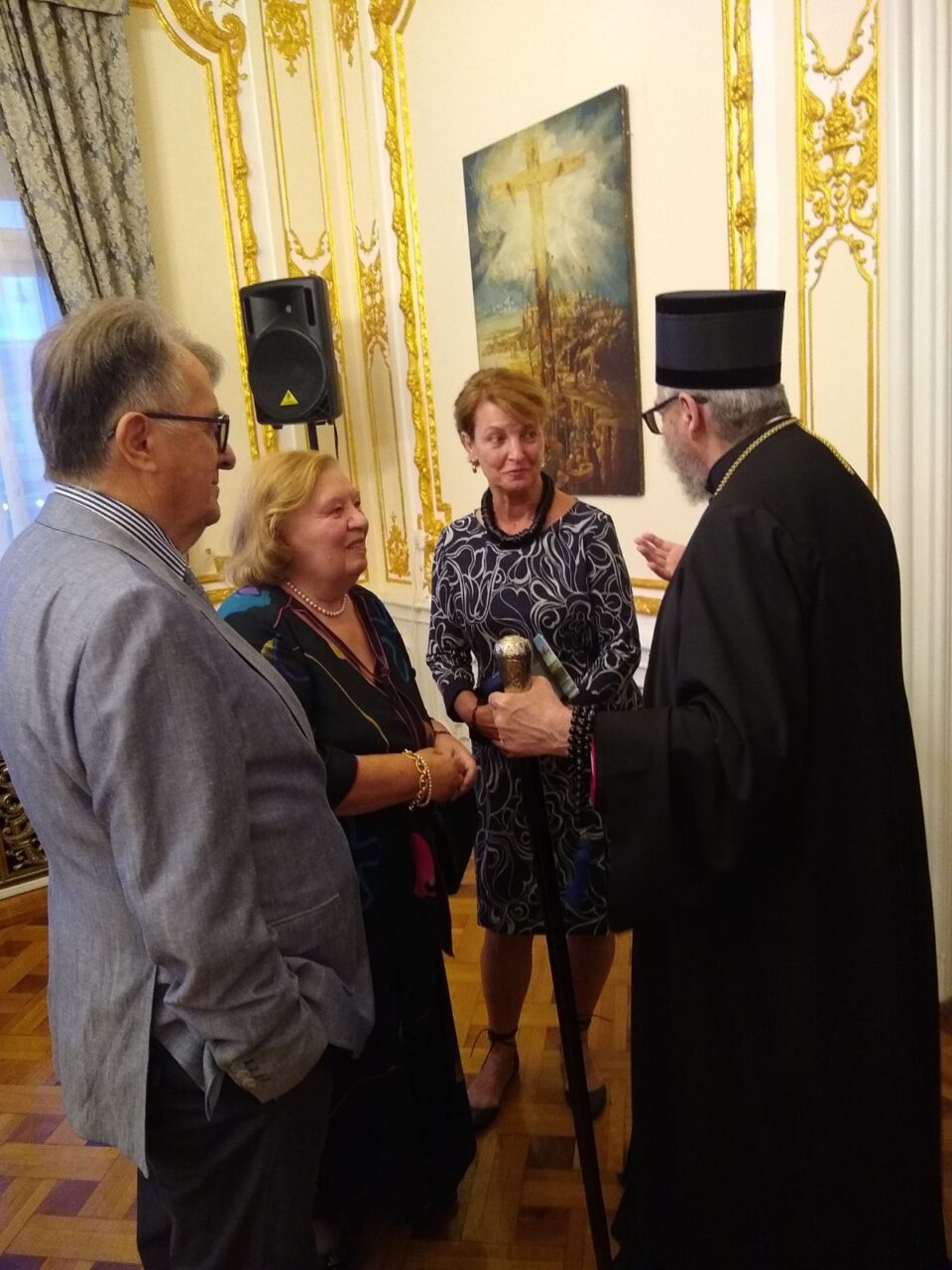
Simonida sang two songs: one Serbian, “Haunted Villa” from Homolje, and in Hungarian “Istenem, Istenem” from Transylvania, which translates as “God, God”.
While Simonida performed the Hungarian song, the deputy from the Ministry of Culture and Innovation of Hungary, Dr. Ester Vytajos, could not hide her delight and pleasant surprise.
Milić of Mačva consciously left his mark under the skies of Hungary
In her speech about her father and his works, Simonida supported the title of the exhibition “The Return of Milić of Mačva”, although she noted that “The Return to Milić of Mačva” would also be an adequate name.
The Deputy Minister of Culture and Innovation of Hungary, Dr. Ester Vytajos, made a warm speech with gratitude for attending the ceremony on the occasion of the “Days of Serbian Culture in Hungary”. She also pointed out that she is very proud that Szentendre and Pomáz are the centres of Serbian heritage in Hungary.
The Minister of Culture of Serbia, Maja Gojković, noted that Milić of Mačva was one of the members of the most original artists’ movement “Medijale”, which left a deep mark on the global and domestic cultural scene. He was a multi-talented artist who managed to reconcile the traditional and the contemporary. With a few sentences, she commented on the very friendly relations between Serbia and Hungary.
After the speakers’ presentations, those present in the hall of the Embassy of the Republic of Serbia in Budapest had the opportunity to get to know each other and talk, while Simonida’s singing could be heard from the speakers in the background.
Very spontaneously, Archdeacon Inokentije Lukin invited Simonida to dance a waltz. She accepted with joy, and those present in the hall watched with delight as they elegantly and very skilfully swayed and glided across the floor.
